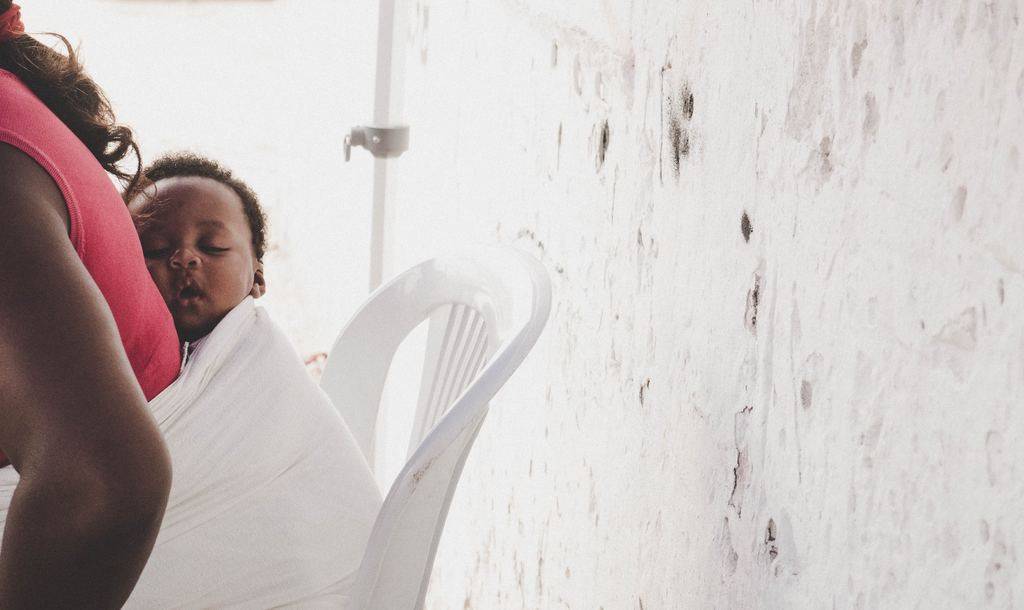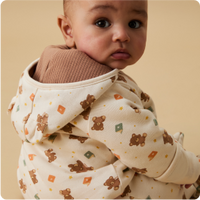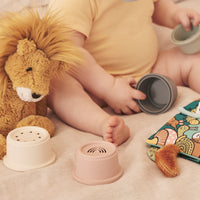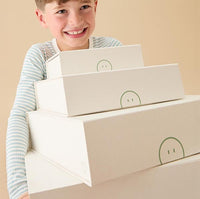Are you struggling to get your baby to sleep anywhere other than on you? Yes, we’ve all had that problem. While it’s nice to have them snuggle it can be inconvenient. We spoke to sleep consultant, Hadley Seward from Bonne Nuit Baby who let us know just what to do.
“My Baby Will Only Sleep on Me! Help” - Tips & Advice

If you’re like many new mums, you may love nothing more than snuggling up with your newborn while she naps. It’s such a great feeling… until, little by little, you realise your to-do list has become a to-do book and the idea of eating a meal with both hands seems like an unattainable dream. In my case, it took about 8 weeks to get to this point. My daughter slept in her bassinet overnight but absolutely refused to nap anywhere other than in the baby carrier. While I initially loved the feeling of her cozied up next to me, I began to have serious back problems and decided this couldn’t be our long-term plan for naps. If you’re in the same boat, here are some tips that I used to help my newborn begin to nap in her bassinet:
Watch your awake windows. In order to set up your baby for success, aim to keep her awake windows between naps short. Most newborns can’t comfortably stay awake longer than 45-60 minutes without becoming overtired. Watch for tired signs and get her down quickly thereafter.
Reassess your baby’s sleep environment. Around 7-8 weeks, babies become more sensitive to light and dark. Use this to your benefit and create a very dark, quiet sleep environment for her. Bonus points for blackout curtains and a white noise machine.
Start with baby steps. Every day, your goal should be to try one nap in the bassinet or cot. The first nap of the day is usually the best bet. Most newborns around 7-8 weeks will be ready for their first nap about an hour after they woke up.
Replace sleep associations. Your baby may not be ready to fall asleep independently right off the bat -- that’s okay! If your goal is to move away from a big sleep association (like nursing to sleep or napping on mum/in the baby carrier), try introducing new sleep associations that will be easier to transition away from. For example, place your baby in the cot and bounce it (to create motion) while placing your hand gently on her chest (to mimic the sensation of being next to you). The goal is to start with some form of intervention and progressively lessen it as your infant adjusts.
Slow and steady wins the race. The first time you try this, your baby may hate it and waste no time in letting you know! Even if Day 1 is an utter failure, tomorrow is another day. Keep trying your chosen technique, giving your baby an opportunity to fall asleep. She can do this!
Practice makes perfect. Your baby will need some consistent practice in order to reliably fall (and stay asleep) in his new sleep space. Start with one nap per day, then two, and work your way towards the goal of most naps in the cot.
Learning to fall asleep in a new sleep environment is a big deal. The first time she succeeds is a huge victory, even if she only snoozes for 5-10 minutes. Give her a big cuddle and congratulate her on a job well done. And give yourself a pat on the back too, because YOU help to make this happen!
Hadley Seward is the mama of two and a certified sleep consultant living in New York City. She works with exhausted parents in the US and Europe to help their kids get more sleep. Meet her at @_bonnenuitbaby.
We've curated the softest nursery essentials to help calm your baby & keep the whole family sleeping peacefully.









